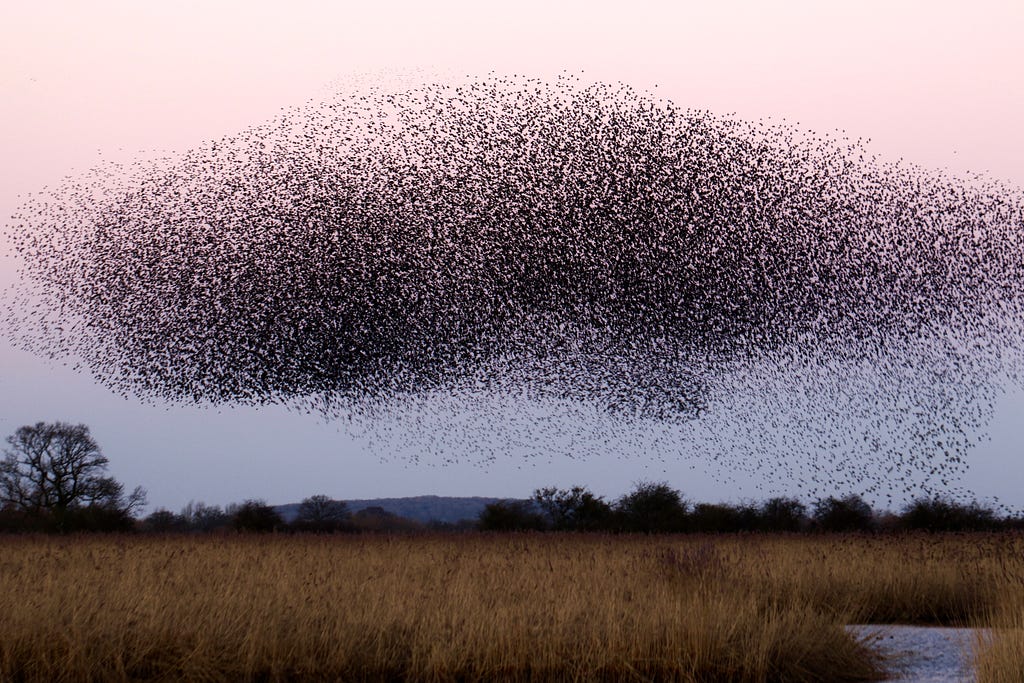
Metaheuristics
Last Updated on February 1, 2021 by Editorial Team
Author(s): Saman Siadati
Computer Science, Optimization
Magnificient lessons learned from nature

In finding the optimal answer with heuristic algorithms, we usually use searching methods by trial and error process. There is no guarantee that a solution will be found in this method, as many other popular methods may be more effective and efficient. In general, heuristic algorithms are considered local search-based methods because their searches focus on local variables; However, heuristic algorithms can still be considered as the best ways to solve optimization problems, especially when time constraints are also important in problem-solving. But as I said before, (Please read the previous story about heuristics, heuristic solutions: the shortcut for optimization problems). One of the major problems of this kind of algorithm is falling into local optimizations without having a chance to escape them. To improve these algorithms, a new generation of approaches, Metaheuristics, had been used which include algorithms that explicitly or implicitly use trade-off between search diversification (when there are some clues that the search is moving to bad areas of the search space) and search intensification (with the goal of finding the best answer in the feasible space).
The term metaheuristic(or meta-heuristic) refers to advanced heuristic algorithms and the ‘‘meta’’ at the beginning of this word means beyond and metaheuristic means finding the optimal solution by using techniques at advanced levels as well as trial and error. A heuristic approach requires knowing the problem and would be responsive to a particular problem. For example, the method of finding the best home to buy may be different from the method of finding a suitable car. In fact, the heuristic method used for finding the best house is only effective for finding accommodation at a reasonable price. Actually, this is the best place for metaheuristic algorithms, that can search for optimal points without knowing the problem. In fact, metaheuristic algorithms are able to solve a problem with reasonable speed and accuracy without knowing the problem, by providing a general solution.
The swarm thinking and decision in many cases can lead to a favorable answer. In the meantime, the behaviors of creatures also indicate a kind of joint effort to reach an optimal answer in nature. Observing social behavior in nature, like the behavior of birds to find the optimal path in travel, is an example of swarm intelligence in nature. The PSO algorithm is one of the best swarm search algorithms had modeled on the social behavior of flocks of birds. Let’s assume that a group of birds is accidentally exposed to food in an area and there is only one food item in the search area. Not all birds know where food is, but they know how much food there is in each repetition. So what is the best strategy for finding food? The solution is to look for the bird that is closest to the food.
The PSO algorithm starts with a group of random particles (solution) and then searches by updating generations. In each iteration, each particle is updated with two best values. The first is the best solution or fit function ever obtained and would be stored and is called ‘‘pbest’’. Another “best” is the value so far achieved by every particle in the population, is the best universal value and is called ‘‘gbest’’. When a particle takes a part of the population as its topological neighbors, the best value is the best local and is called ‘lbest’’. After finding the best values of ‘‘pbest’’ and ‘‘gbest’’, the particle updates its speed and position.
The PSO algorithm is a universal optimization method that can be used to deal with problems whose answer is a point or surface in n-dimensional space. In such a space, hypotheses are made and an initial velocity is assigned to the particles, as well as channels of communication between the particles. These particles then move in the response space, and the results are calculated based on a competency criterion after each time interval. Over time, particles accelerate toward particles that have a higher competency standard and are in the same communication group. The main advantage of this method over other optimization strategies is that a large number of congestion particles makes the method more flexible in the face of the problem of local optimal response.
Some of the other metaheuristics that have been developed inspired by nature are the ant colony optimization algorithm, bee colony algorithm, Cuckoo search algorithm, grey wolf optimization algorithm, dragonfly optimization algorithm, the flower pollination optimization algorithm, whale optimization, locust optimization algorithm, and emperor penguin cloning optimization algorithm. In almost all of them, the main approach is based on Darwin’s theory of evolution and makes the foundations of a new generation of algorithms, evolutionary algorithms. Please read the next story for this wonderful kind of algorithms.
Metaheuristics was originally published in Towards AI on Medium, where people are continuing the conversation by highlighting and responding to this story.
Published via Towards AI
Take our 90+ lesson From Beginner to Advanced LLM Developer Certification: From choosing a project to deploying a working product this is the most comprehensive and practical LLM course out there!
Towards AI has published Building LLMs for Production—our 470+ page guide to mastering LLMs with practical projects and expert insights!

Discover Your Dream AI Career at Towards AI Jobs
Towards AI has built a jobs board tailored specifically to Machine Learning and Data Science Jobs and Skills. Our software searches for live AI jobs each hour, labels and categorises them and makes them easily searchable. Explore over 40,000 live jobs today with Towards AI Jobs!
Note: Content contains the views of the contributing authors and not Towards AI.















